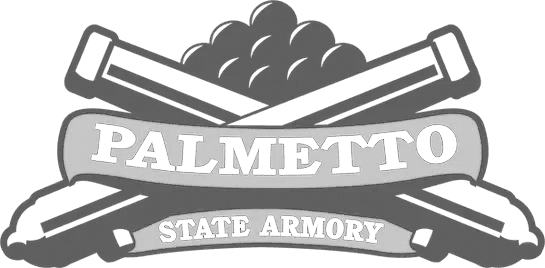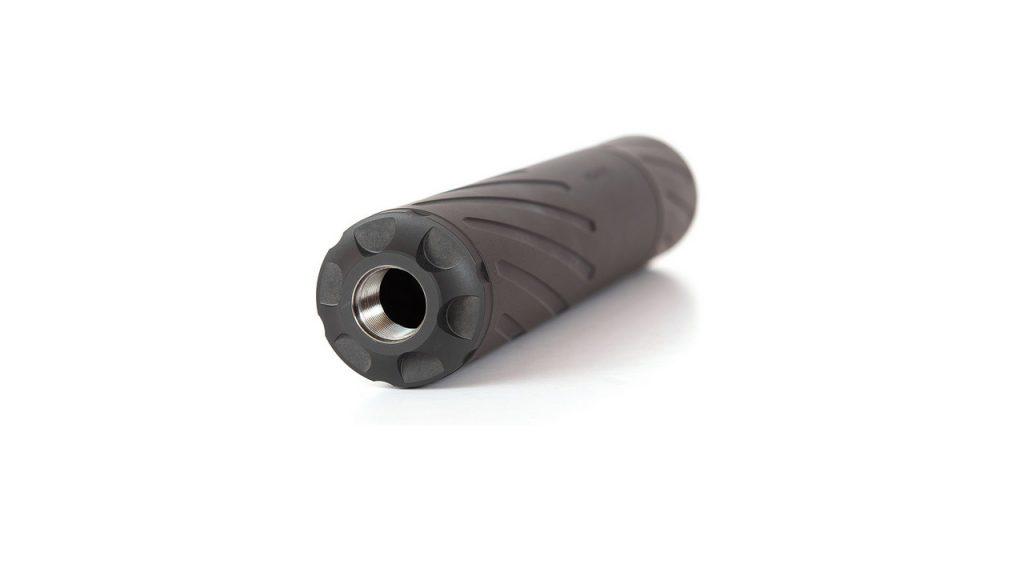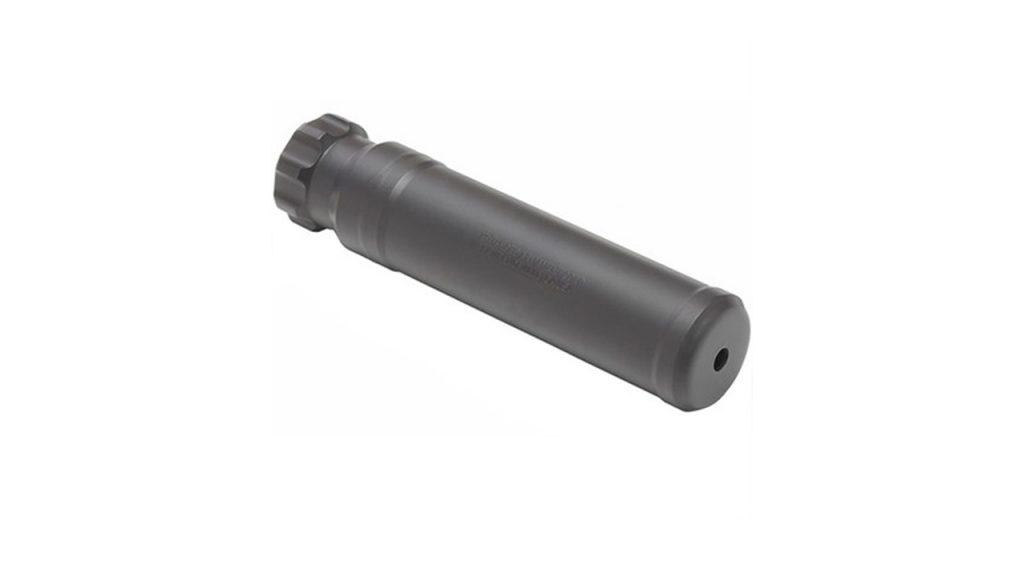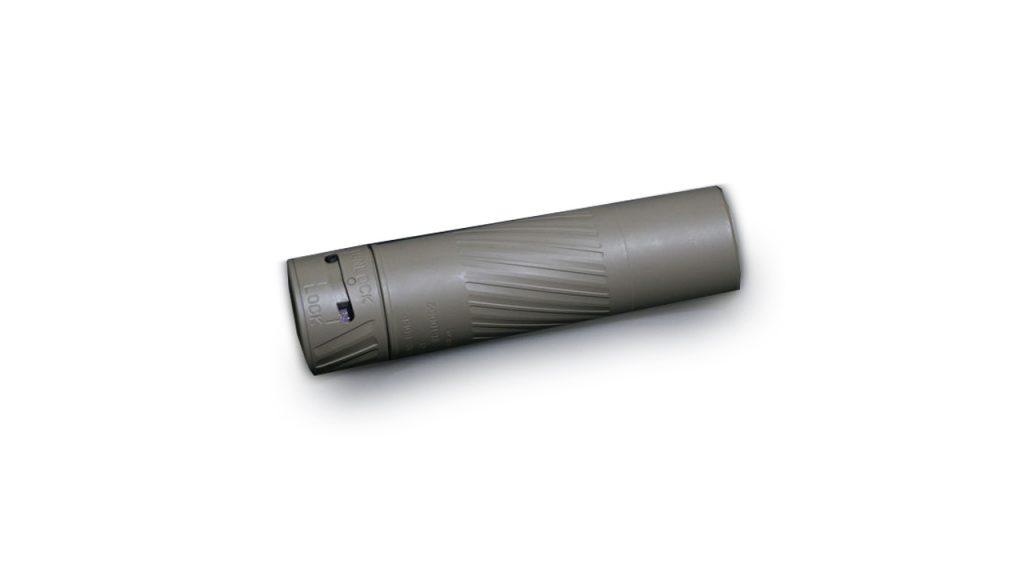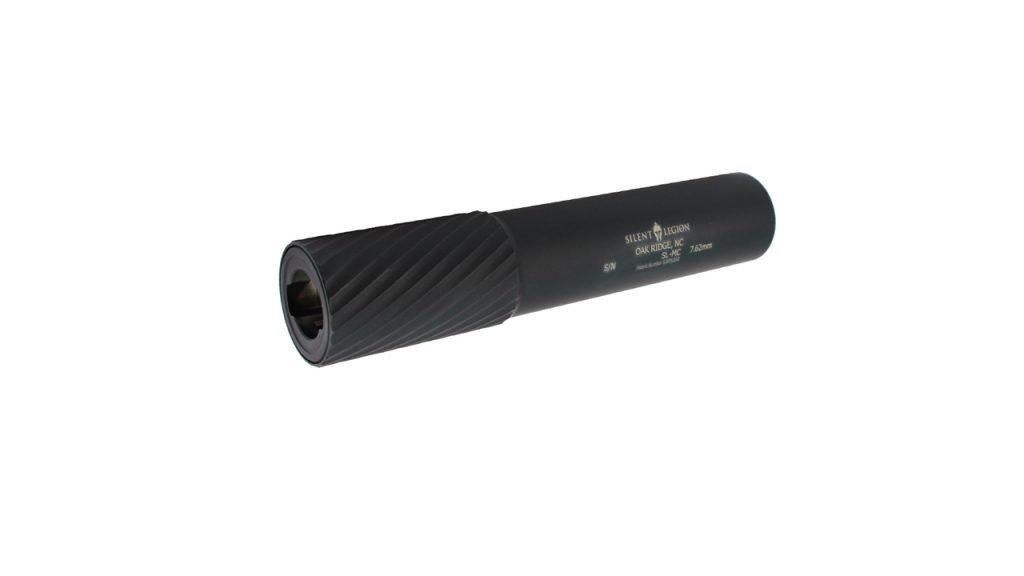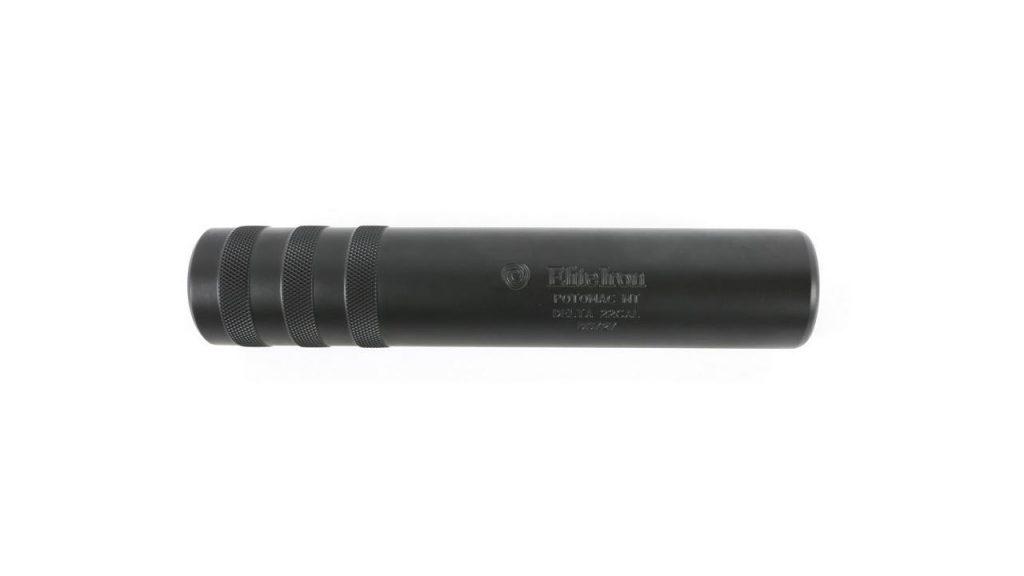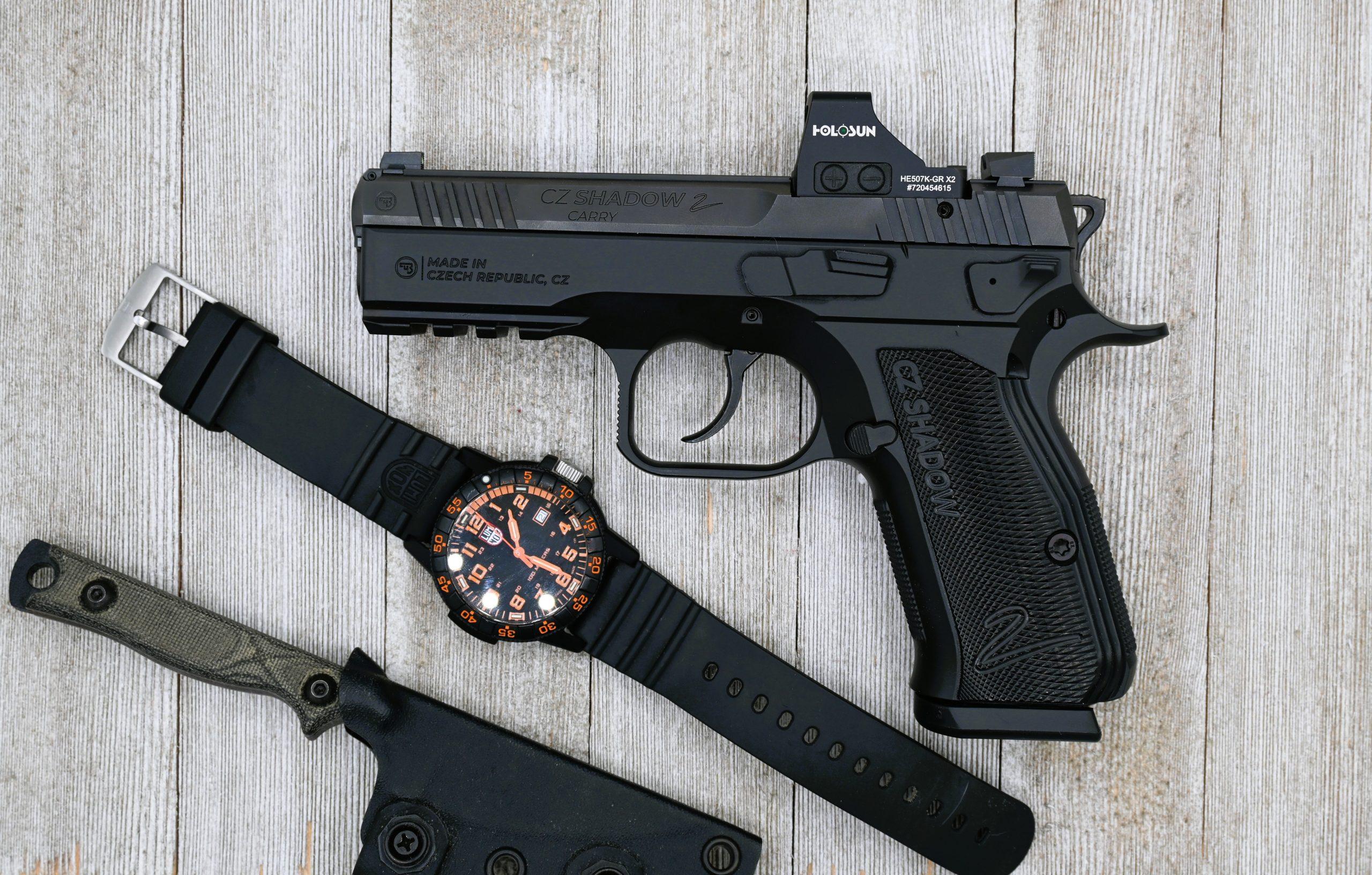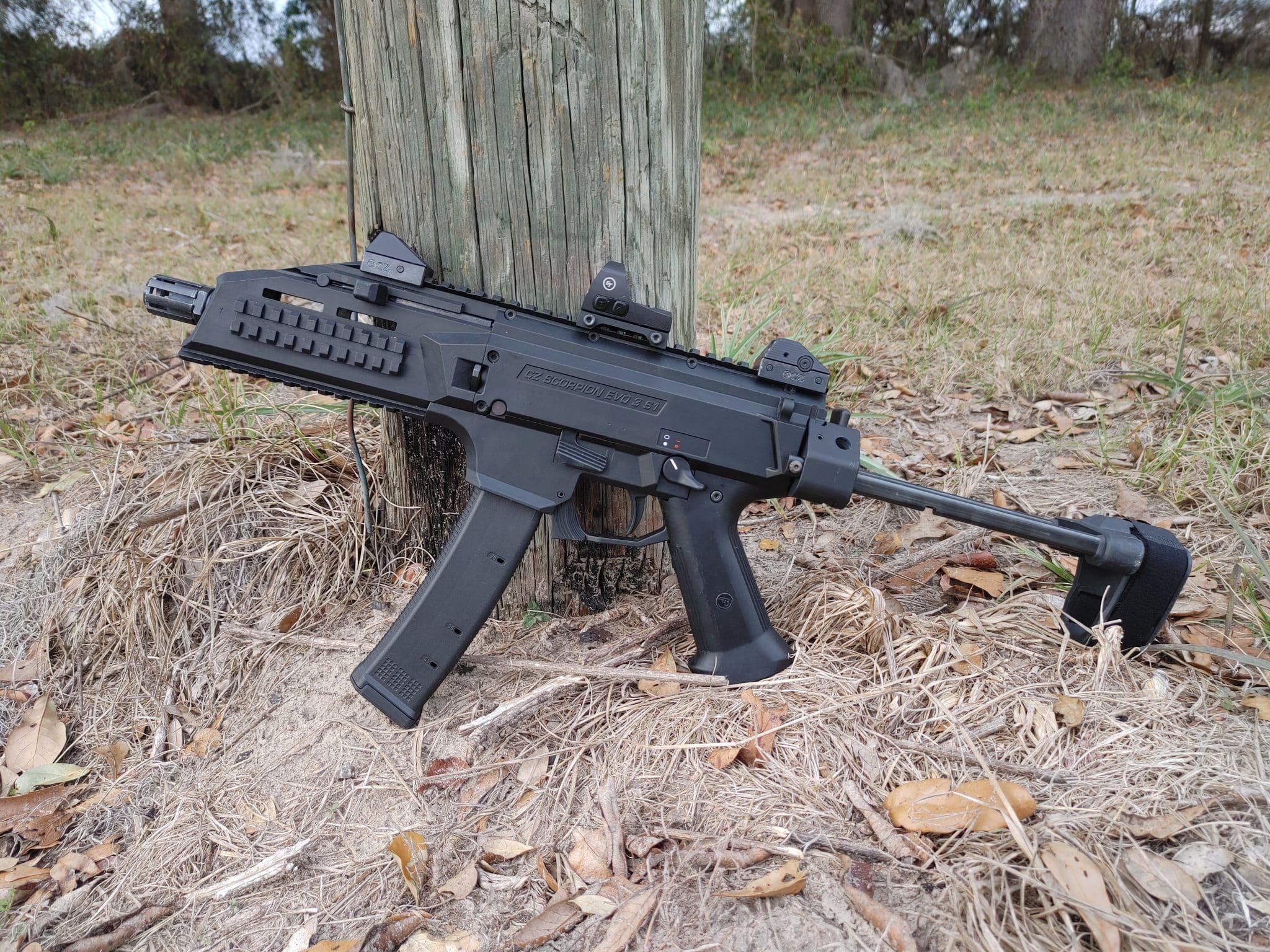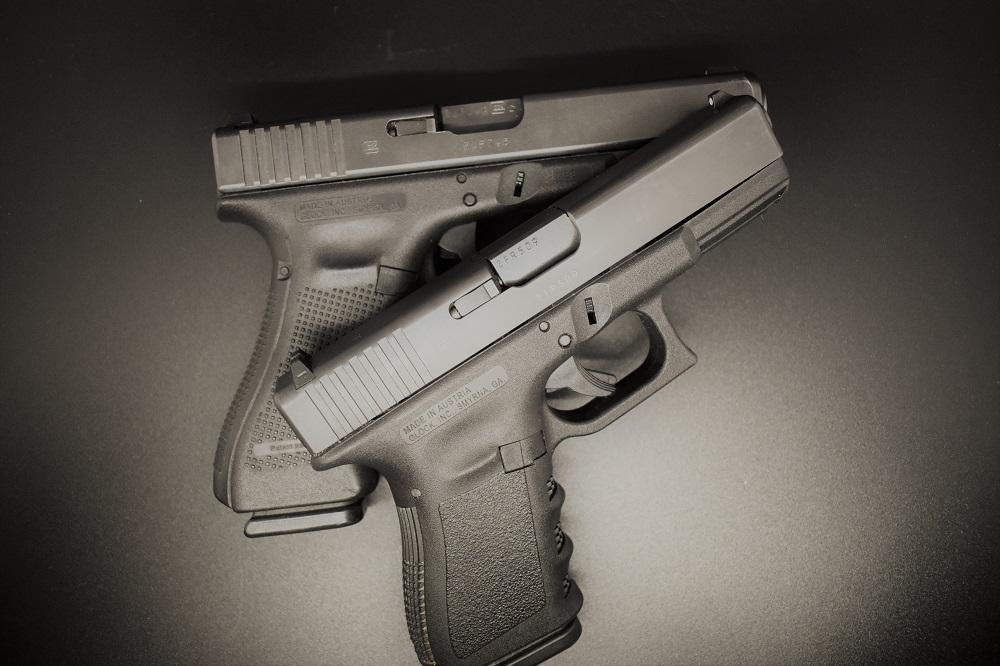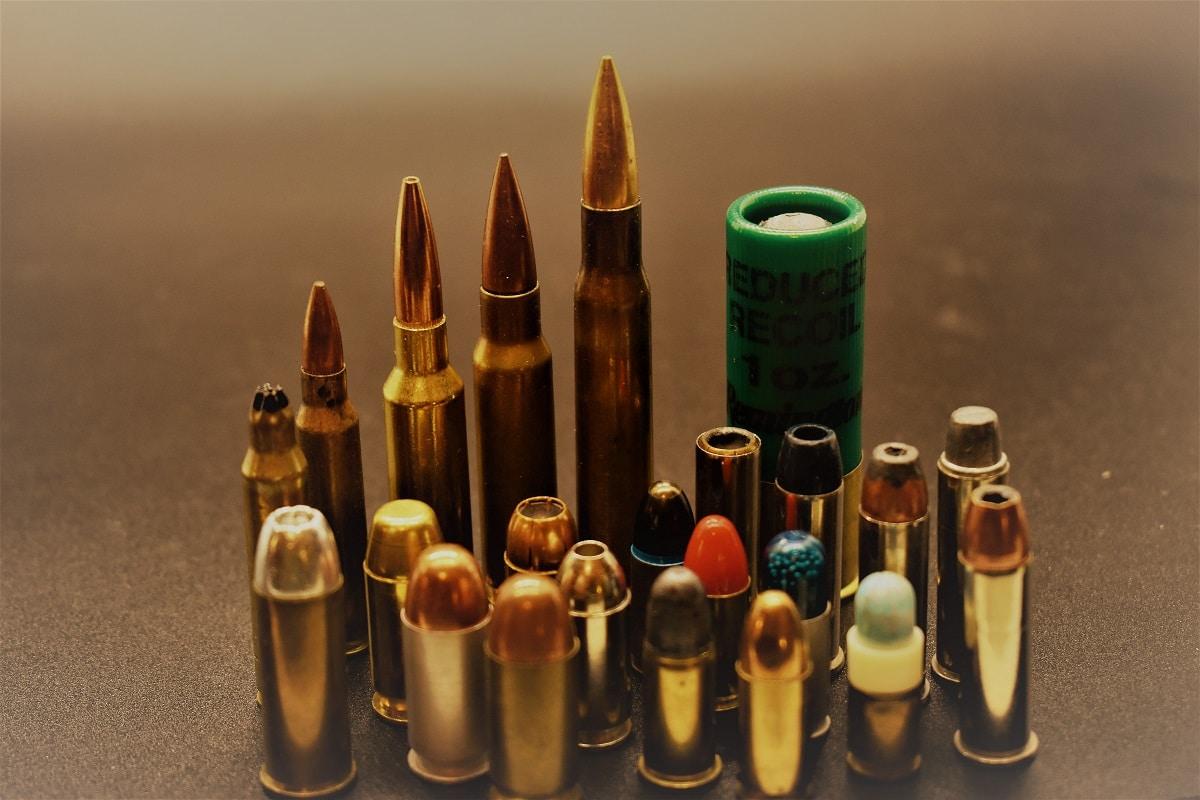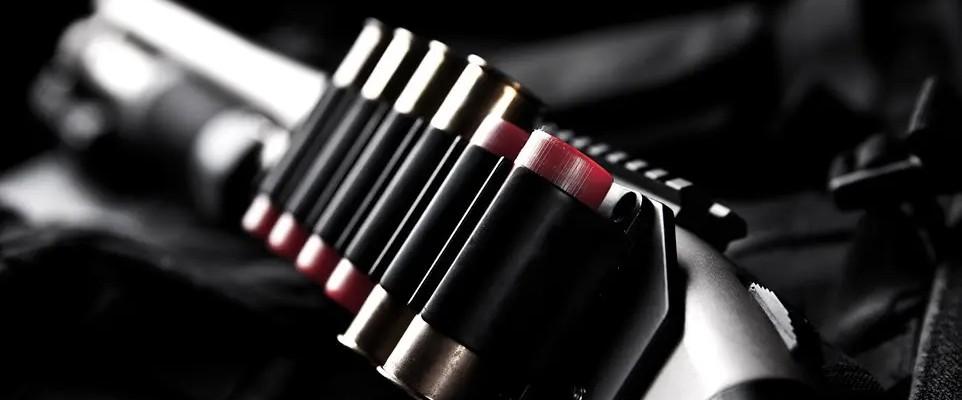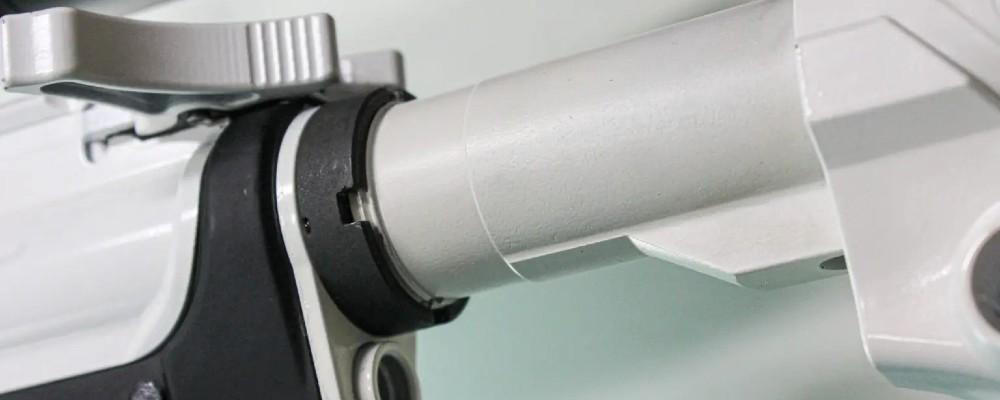The Best AR-15 Suppressors: Silence, Performance, and Precision
Written By
Michael Crites
Licensed Concealed Carry Holder
Reviewed by
Editorial Team
Learn About The Editorial Team
Share:
Products are selected by our editors. We may earn a commission on purchases from a link. How we select gear.
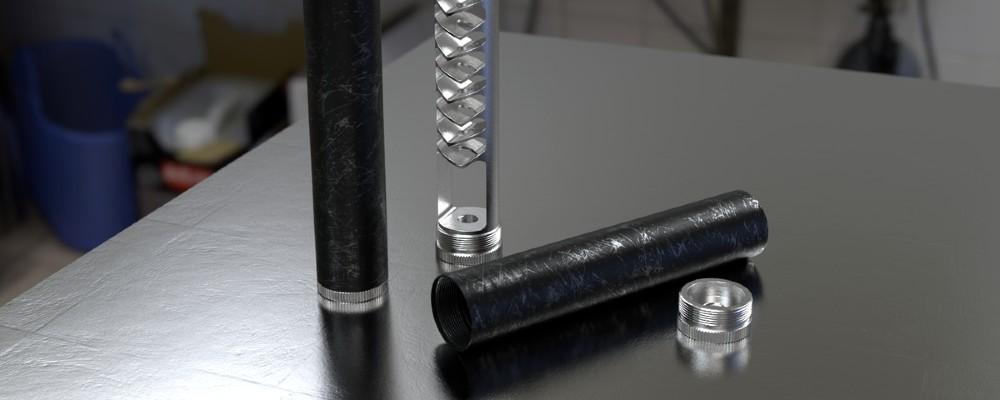
Updated
May 2025
If you’ve been thinking about upgrading your AR with a suppressor, you’re in good company. According to the ATF, the number of suppressors in circulation has almost doubled in the past 3 years, to more than 1.7 million in 2019.
This explosion in product has led to a massive amount of innovation, and these days you’ll find more features, price points, and options when looking to knock a few decibels off your report than ever before. If you’ve ever wanted to tack a can on your black rifle, there’s no time like the present. This article is part of our ongoing Guide to Everything AR.
In This Article
AR-15 Suppressor Comparison
| Name | Selection | Price |
|---|---|---|
Best .223 Suppressor | $849 | |
Best .30 Cal Suppressor | $979 | |
QD Pick | $849 | |
SBR/Pistol Pick | $1495 | |
Also Great | $1379 | |
Budget Pick | $720 |
How We Picked
Sound Reduction
We use a digital decibel meter to measure the sound reduction provided by each suppressor.
Accuracy
We evaluate the effect of the suppressor on the accuracy of the firearm.
Recoil Reduction
We fire a variety of ammo types with and without the suppressor to evaluate the suppressor’s ability to reduce felt recoil.
Durability
We test the durability of the suppressor by subjecting it to rapid-fire testing.
More on suppressor testing
5.56 Suppressor Reviews
1. Best Overall: Banish 223
Whether you shoot .223 or 5.56, the Banish 223 Suppressor is for 10-inch and longer rifles only. This suppressor comes in at 7″ in length, and a 1-1/2″ diameter so it’s thick enough that it may interfere with things like lasers and lights (it blocked the beam of my Viridian HS1 in testing and threw a massive shadow with a rail light.
It’s titanium, so the 9 oz can doesn’t meaningful impact balance — in fact, it’s just enough up front to help with recoil impose without making the pistol front-heavy. A longer barreled rifle, however, may feel more exaggerated with the 6 additional inches of barrel. It’s also compatible with .223 and smaller calibers — which means all rifles .224 and smaller, including .223/5.56, .22-50, .22 rimfire, .17 Remington, .204 and all other .223 and smaller rounds as well as the .224 Valkyrie.
For precision shooters, Banish verifies this suppressor test fires sub-1 MOA group size and point-of-impact shift, making this a reliable suppressor for accurate long-range shooting. I, however, am not that shooter.

I took the Banish 223 out to my range to test the general feel, impact to balance and accuracy, and measure the sound reduction.
Silencer Central’s Banish 223 is shorter than their Banish 45 can, but a good half inch wider, making for a stubby feeling addition to the end of your rifle.

While it didn’t completely eliminate recoil impulse, there was a noticeable reduction — 25% or so — both when firing standing and off a bench.
The suppressor functioned identically with both Federal American Eagle and Sellier & Belliot 55gr M193, with 100-yard groups in the 2-3 MOA range, which is on par with non-suppressed groups I normally shoot.
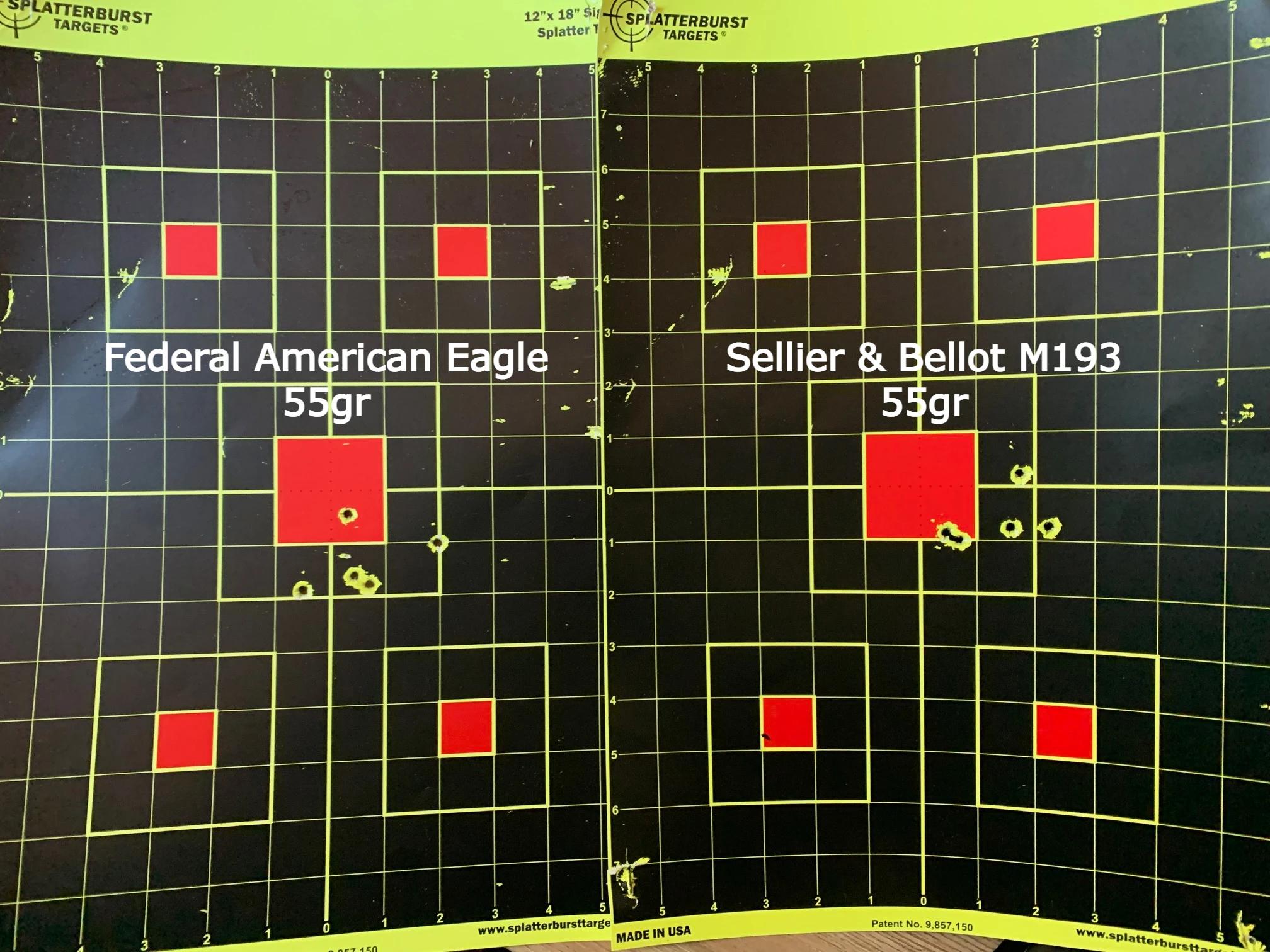
It does tend to heat up, which is helped with a suppressor cover, but sound reduction was notable — my digital gauge measuring about 112-113db 2 feet from the muzzle.
This is about a 20db reduction from the non-suppressed report, but I’m not testing in a lab. The end result feels like a great addition to a target or hunting rifle, and I’ve used the Banish at the range with my boys to reduce the intimidation factor of shooting higher-power, centerfire rifles.
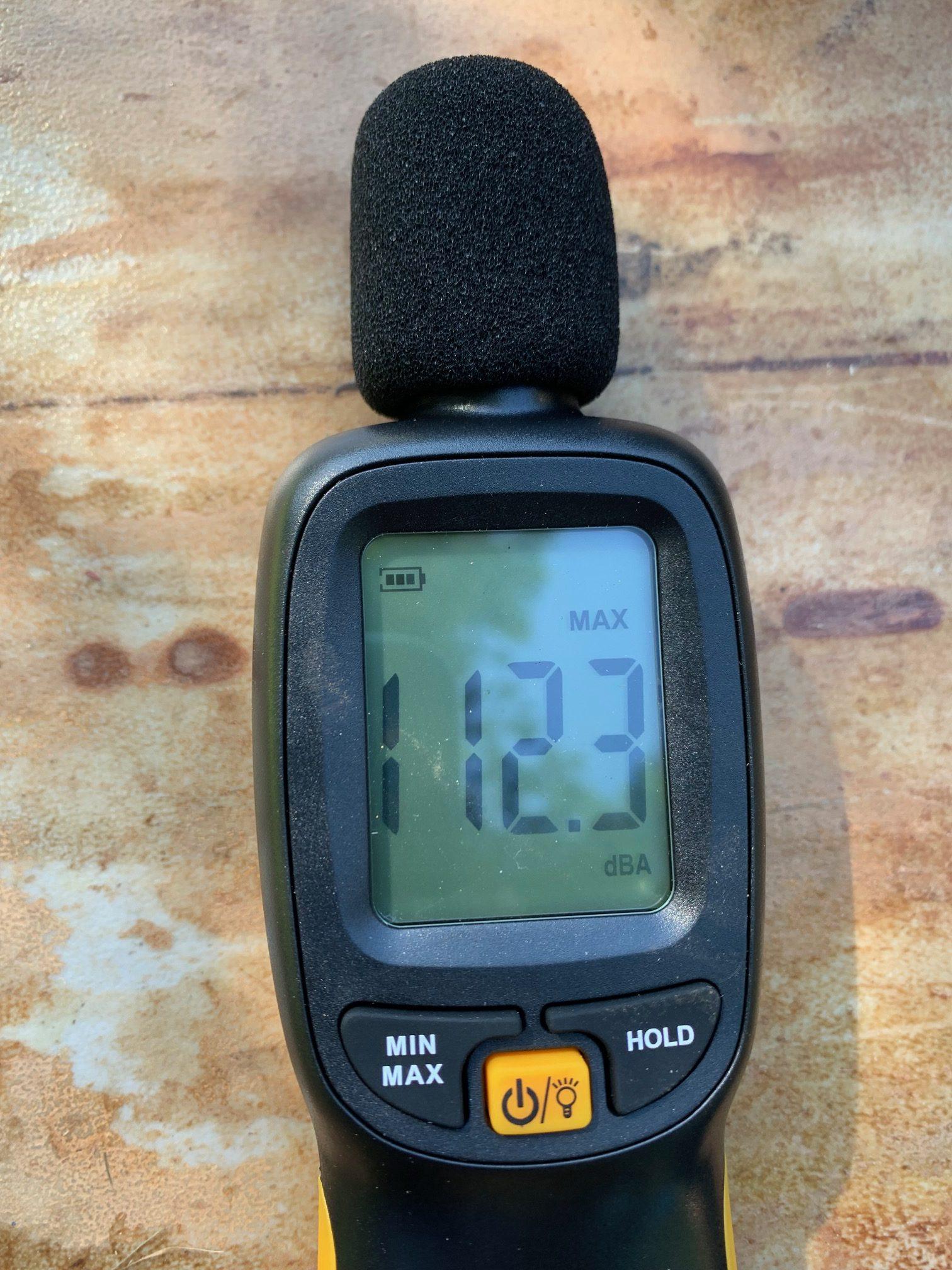
While not directly related to the quality or performance of the product, the purchase experience with Silencer Central is worth mentioning. It’s not an exaggeration to say they handle *everything*.
From working with a specialist to process the initial ATF paperwork to monthly(ish) updates along the way, Silencer Central shoulders the burden of navigating the suppressor process for the end user, which is incredibly valuable.
Plus, the Banish 223 comes with a Lifetime Warranty as well as a 30-day buyback — meaning if you’re not happy with the sound and recoil reduction they’ll buy it back from you.
2. Banish 30
We’ll call this suppressor the beast. If you’re looking for a multi-caliber suppressor, Silencer Central’s Banish 30 can be used on a .17 to .300 Weatherby.
As mentioned earlier, it is self-serviceable allowing you to clean it regularly. This suppressor is lightweight and advertises reduced noise of a .308 by a whopping 34 decibels, or more. This is a direct thread mount suppressor.
3. Advanced Armament SR5
While the Advanced Armament SR5 is on the heavier side, it is full-auto rated and helps with recoil reduction. This suppressor maintains the accuracy of your chosen barrel and is compatible with short-barreled rifles as well.
This suppressor also uses a fast attach, making it a solid option for those who want the flexibility of a quick attach/removal.
4. Thunder Beast Dominus-SR
The Thunder Beast Dominus-SR Suppressor services 5.56 and .30 caliber rifles making it a great option for short-barreled rifles. It is a lighter suppressor at just above 12 ounces and also features a quick-attach/detach mount.
5. Silent Legion Multi Caliber Suppressor
The Silent Legion 5.56/300BLK/7.62 Multi Caliber Suppressor is one of the most versatile suppressors on the market. It is a multi-caliber suppressor and can be direct mounted or QD mounted. It does add a pound of weight, but is a short length and can be disassembled.
6. Elite Iron Delta
The Elite Iron Delta redesigned suppressor is shorter and lighter than it’s previous iteration. The sound reduction in this suppressor is superior and not only does it come in .223, but if you like it, it’s available in a multiple variety of other calibers. This suppressor threads right onto your barrel.
Why use a suppressor on your AR?
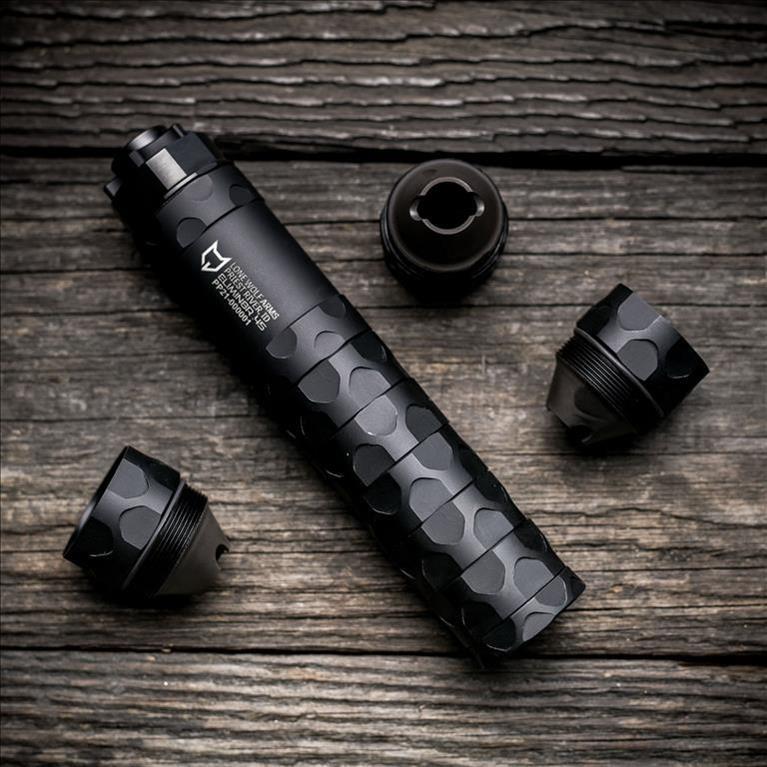
Purchasing a suppressor isn’t like grabbing a six-pack and package of diapers at your local gun shop. It’s an involved process. While there are obvious benefits (sound suppression means noise reduction and a much more hearing-friendly shooting experience), why would anyone jump through the ATF hoops just for a quieter rifle?
The forbidden fruit
Let’s start with the one thing nobody wants to admit — being drawn to what you can’t have. In 1990 there were less than 400 Form 1 applications – the form required to produce NFA-registered devices such as suppressors. That means the average Joe had a hell of a time getting their hands on one. That lack of supply, however, didn’t mean lack of demand.
In 2016 Form 1 applications ballooned to almost 50,000 (49,985, but who’s counting…), meaning the desire for the forbidden fruit of a silenced weapon has created a massive market — economics 101, really.
Simply… beautiful.
There’s another factor at play here, the relative cost of purchasing a suppressor to other NFA items, such as fully automatic machine guns. In 1986 Congress passed the Hughes Amendment to the Firearm Owners Protection Act (FOPA), which banned the manufacture of new fully automatic machine guns — capping the available number of transferable machine guns somewhere in the neighborhood of 180,000.
That limited supply drove the price for a fully automatic rifle sky high. But the transfer tax NFA-registered items (originally established at $200 with the NFA’s 1934 enactment) has never been adjusted for inflation. It was $200 in 1934, and it’s $200 today, so these days people buy suppressors rather than machine guns.
Sound reduction
The more tangible reason for strapping a can to your AR is straightforward: noise reduction. Modern-day silencers typically reduce report noise by 14.3-43 decibels, which is a significant change. Many shooters don’t invest in adequate hearing protection and are often reluctant to use any at all (or fail to consistently wear their ear protection for every gunshot fired). Some folks will only do it because their local range requires it (and we’ve all seen the guy who makes a production of doing so.)
It’s pretty simple: noise is bad for your hearing. Unfortunately, between the machismo of gun culture and shooters simply not prioritizing it, too many folks still haven’t gotten the memo.
There are some legitimate gripes when it comes to shooting performance and ear protection. Over-the-ear protection can get in the way of a solid cheek weld. This causes the shooter to push down on the cheek weld lifting the ear cup and losing suction over the ear — defeating the purpose.
While in-ear protection can be one solution, a suppressor gives you the best of both worlds — a hearing-friendly shooting experience with no impact on performance or comfort.
Ease of use
Another reason for rifle suppressor popularity is the innovation we’ve seen in terms of ease of installation. Some muzzle devices are engineered to be suppressor-ready — such as a muzzle brake which allows shooters to easily install the suppressor, pairing the quieter rifle with reduced recoil. These are enhancements one can do at home with a few tools.

Muzzle brakes are an extremely common upgrade among competition shooters because they reduce recoil by diverting gases that would otherwise add to the recoil and muzzle rise. The additional mass of a suppressor moves the rifle’s center of mass forward, further reducing muzzle rise.
Another type of muzzle device is a flash hider, which are often used on carbines or shorter-barreled firearms to reduce visible signature by cooling the burning gases and maintaining back pressure to help cycle the rifle. Many suppressors naturally hide muzzle flash because the internal baffles slow down and cool the gasses, making a flash hider unnecessary.
Always-on protection
Many people carry a “truck gun” in their vehicle as a backup to a concealed handgun or for quick access when patrolling for predators on large acreage. The most popular of which are short-barreled rifles or AR pistols due to their small size, light weight, and easy maneuverability. These are some of the most portable guns available and are often designed around suppressor use.
If you’re rolling out in the back 40 and come across a pack of coyotes, most people aren’t going to and slap on some hearing protection before firing shots. The need for sound reduction is immediate — something only a suppressor can provide.
Similar to a truck gun, a home defense gun should be suppressed, be it a handgun or a rifle. It can take just one shot without hearing protection to lose your hearing in one or both ears for life, which is especially true of shooting in cramped spaces like a hallway or bedroom.
Plus, in a home defense situation, you both won’t have time to apply hearing protection and won’t want to use it. You’ll need all of your senses to be completely aware of your surroundings — enabling you to listen for, and react to, an intruder.
What to Look for in a Quality AR Suppressor
1. Build Quality
Before going any further into your research on .223 or 5.56mm suppressors, our number one piece of advice? Don’t let the price tag deter you. A quality suppressor will cost more, will work for any threaded AR-15 rifle or pistol, is going to last longer, cool faster, and — much like a scope — isn’t where you want to skimp on your rifle build. Buy once, cry once, as Vin Diesel once said.
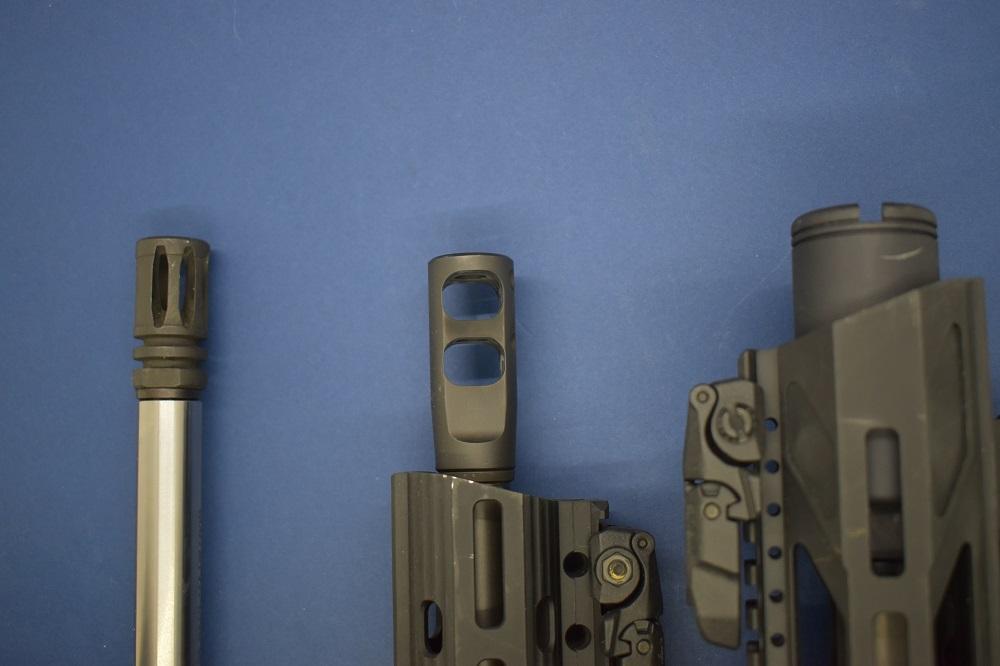
2. Self-service
If you have rifles in a variety of calibers a multi-caliber suppressor is a must. Once you identify which suppressor will accommodate your collection of calibers just make sure that it’s self-serviceable, meaning you can disassemble and clean it on your own. Shooting different calibers — especially rimfire rounds — will contribute to carbon and lead fouling that you’ll need to remove to keep it working properly.
3. Length & use
Length can impact the usability of a firearm, in particular with home defense applications — clearing rooms, hallways, and tight spaces in your home will be more of a challenge the longer your rifle. Look for one that fits both your firearm and its intended use.
For a home defense rifle, where mobility is key, consider the shortest, quality suppressor appropriate for the rifle’s caliber.
If you’re shooting a competition rifle, your suppressor should fit precisely to the caliber (so as to never change the accuracy of your shots), cool quickly to avoid overheating in hot weather conditions or high round counts, and be designed to last.
4. Mounting systems
The most common mounting options are direct thread, which threads onto the barrel end, and a quick attach, which uses a quick attach/detach mount.
a direct thread mount the suppressor threads directly to the rifle barrel without the need for other mounting hardware. This is the most straightforward approach, limits the cost to just the suppressor itself, and avoids adding more weight to the end of the gun.
However, direct thread suppressors can back off (unscrew themselves) and wear on the barrel threads. Plus if your suppressor is in ATF paperwork jail, you’ll need to use a threat protector to avoid damage and ensure the center lines stay plumb until the suppressor is in place.
A quick-attach suppressor does just that; makes mounting and dismounting a quick process. These options typically have built-in thread protection which keeps the suppressor from backing out when shooting high round counts at the range.
The only downside is you’ll have to purchase the mount separately, which means more time and money, plus these additions can add more weight to your rifle setup.
5. Weight
Your rifle should have a purpose — whether it’s for home defense, competition shooting, a “truck gun”, or just for recreational fun. The intended use will inform how heavy the final rifle build should be. In certain cases, it’s make or break, other times less so.
The NFA & Suppressors
The NFA (National Firearms Act) was originally enacted in 1934 and a key bit of legislation to understand the legality of your suppressor and how to go about purchasing one.
Every suppressor purchase requires an NFA suppressor tax stamp along with a $200 federal tax fee. It’s a bit like a state cigarette or gas tax, but it goes to the federal government.
The finger thing means the taxes…
This tax stamp has another downside — they can take a long time to be issued. At the time of publication the waiting time for a Form 4 stamp approval is sitting at 200 days, so don’t plan on walking out with your suppressor on the day of purchase.
Once your tax stamp is approved by the ATF, you’ll finally be able to get your hands on your can and mount it — so stay patient and plan ahead. If you want to build a suppressed rifle, the suppressor should be one of your first purchases to get the ball rolling on paperwork and minimize wait time.
Conclusion
Take your time when picking out a suppressor. The wait time for your tax stamp approval is long enough that you don’t want to regret your choice. Consult reputable dealers, attend demo days if you can, read reviews, and research manufacturer warranties to ensure you’re making the best decision.
Further Reading
- ATF, Firearms Commerce in the United States FY 2019 Update
- Library of Congress, HR4332 – 99th Congress (1985-1986): Firearms Owners’ Protection Act
- ATF, National Firearms Act
- Wikipedia, Muzzle brake
- Silencer Shop, Silencer Frequently Asked Questions Silencer Ship
- Google Books, Patrick Sweeney, The Suppressor Handbook
- NFA Tracker, NFA Transfer Time Tracking NFA Reviews Form 1 Form 4 Tracking
- Cover Photo
Reviewed
March 18, 2023 — After careful reexamination of this guide, we stand by our present suppressor recommendations. We’ve added and updated images and links where appropriate.
Sign up for our newsletter
Get discounts from top brands and our latest reviews!





